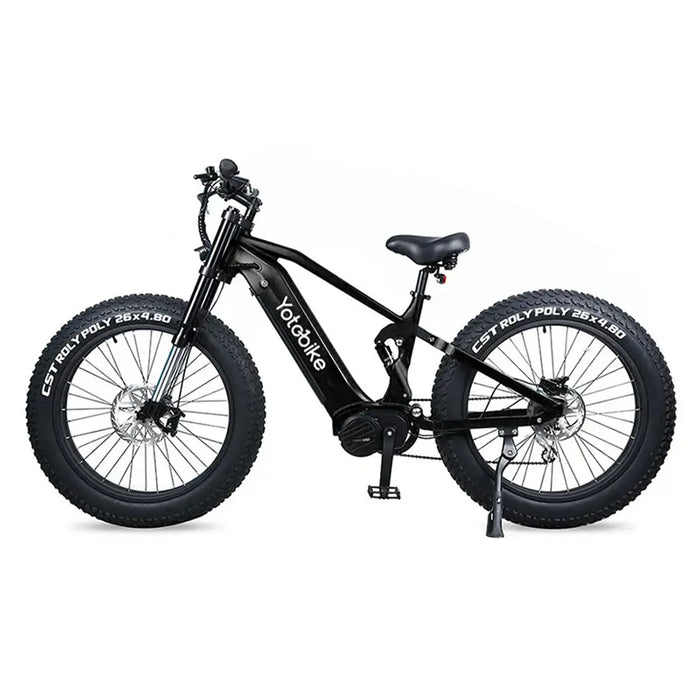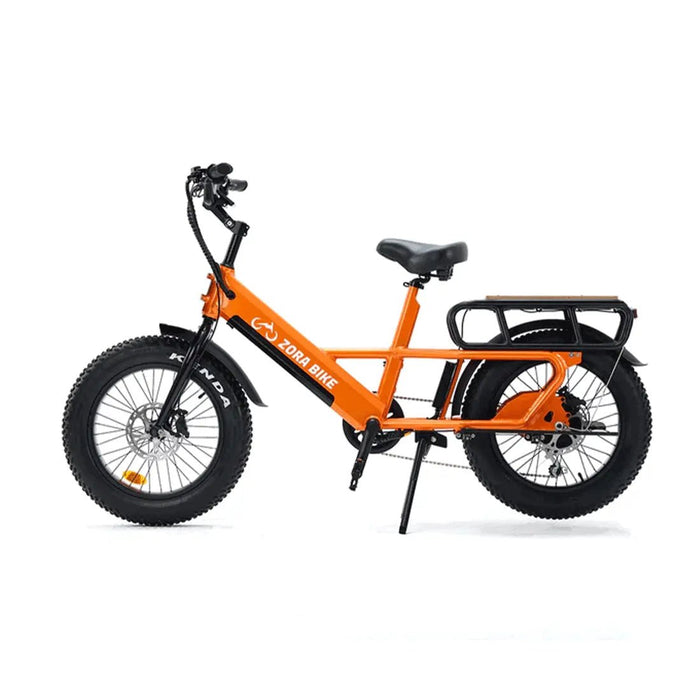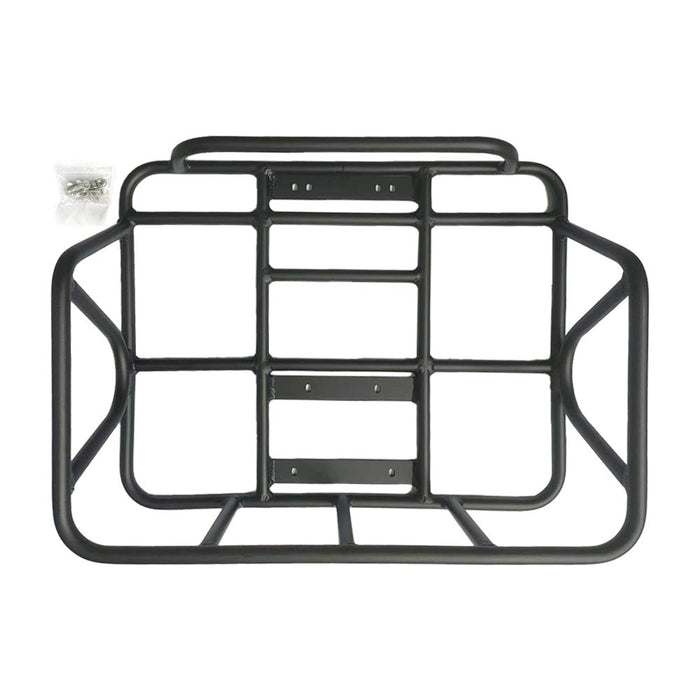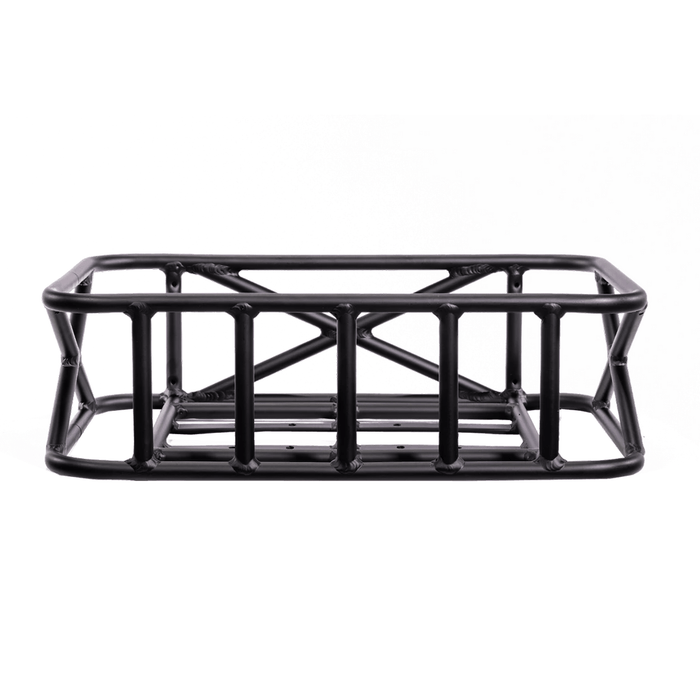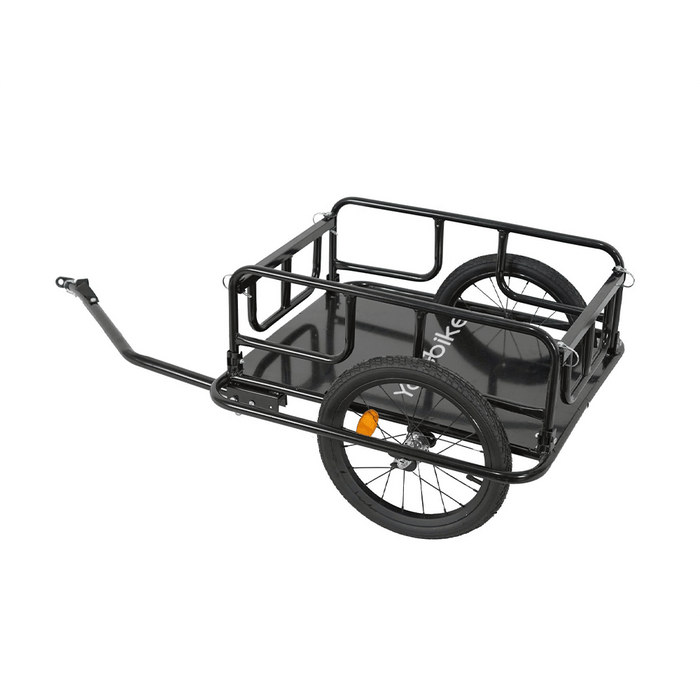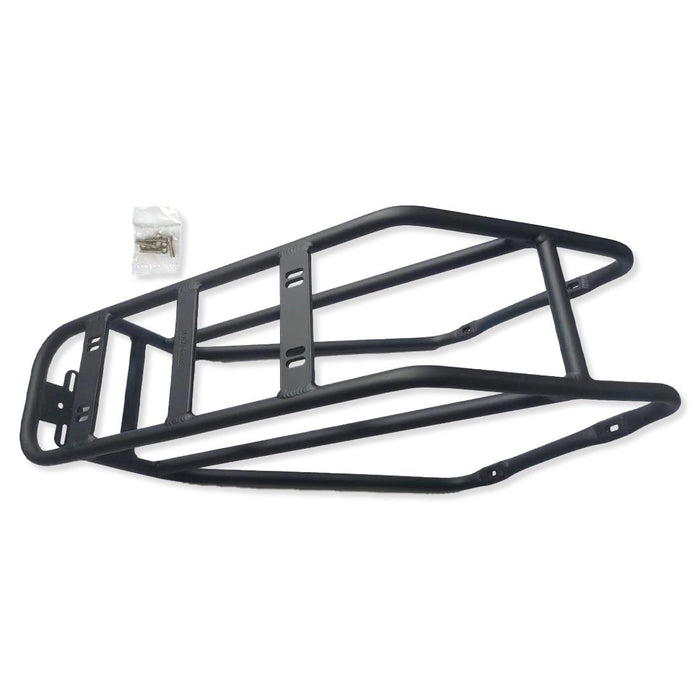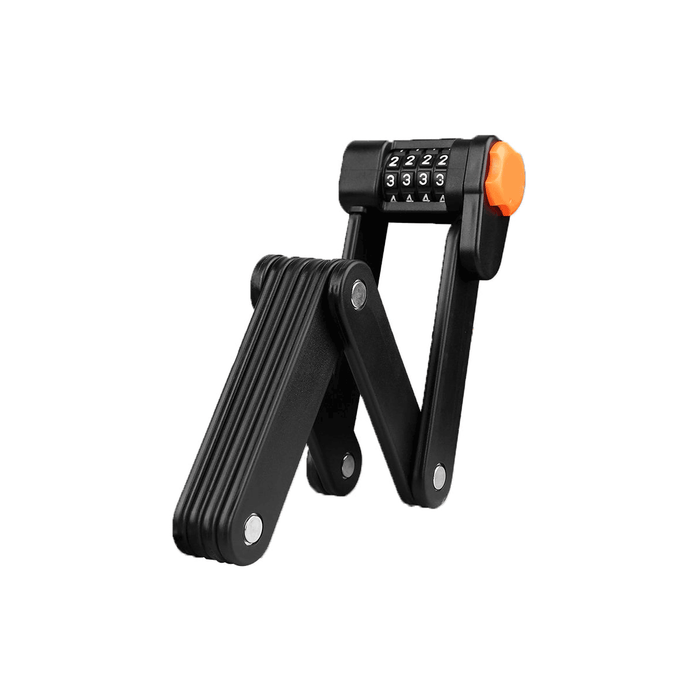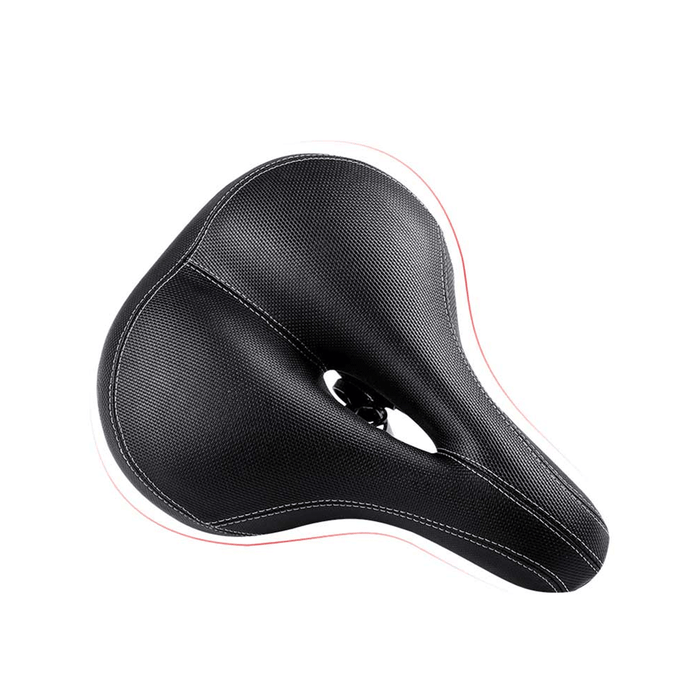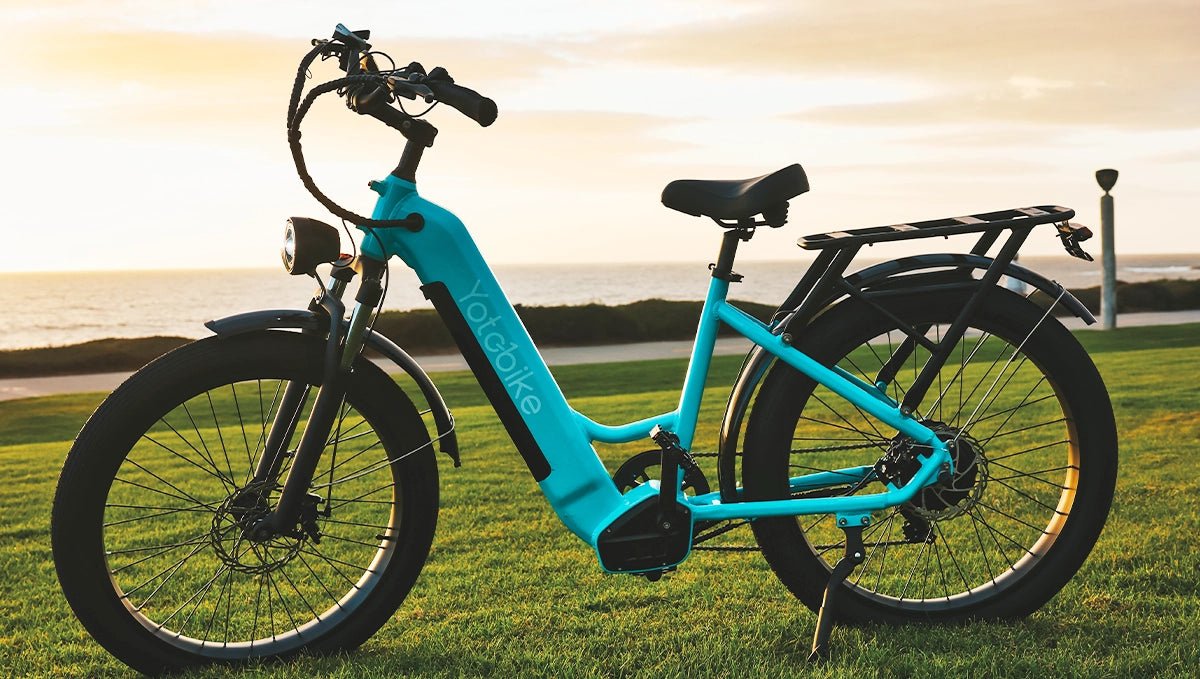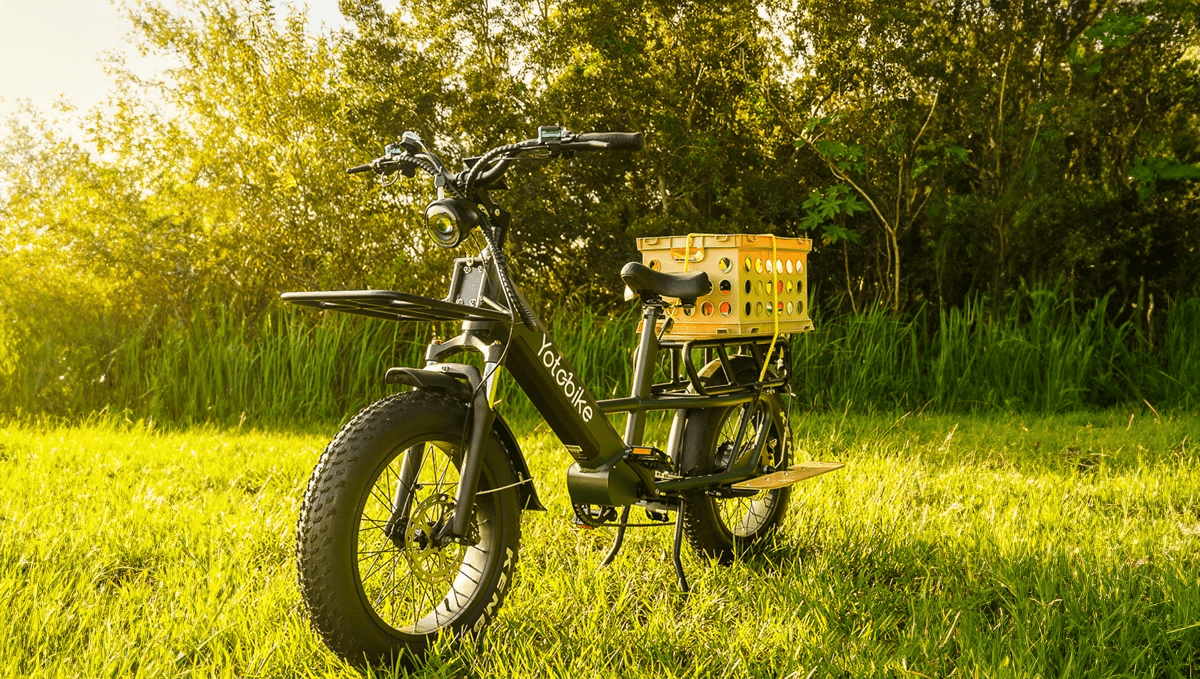
Have you ever found yourself with a dead e-bike battery and no charger in sight? Don't worry, you're not alone! Many e-bike owners have faced this frustrating situation. The good news is that there are several alternative ways you can juice it up. In this article, we'll explore how to charge e-bike battery without charger. Read on for more information!

What Is an E-Bike Battery?
An ebike battery is a rechargeable power source that supplies electrical energy to an electric bicycle's motor, allowing the bike to assist the rider's pedaling or propel the bike independently. These batteries are usually lithium-ion based, providing high energy density and relatively lightweight packaging, which makes them suitable for integration into the bike's frame or mounting on a rear rack.
How Do E-Bike Batteries Work?
E-bike batteries work by storing electrical energy in their lithium-ion cells, which is then supplied to the bike's motor when needed. The battery is connected to a battery management system that monitors and regulates the actual charging and discharging process, preventing overcharging or undercharging, which could damage the cells. When the rider engages in the electric bike’s assistance mode, the motor draws power from the battery, providing extra torque to the wheels and reducing the effort required from the rider. The battery's capacity determines the range and duration of assistance available, with larger batteries offering more power and longer riding distances between charges.
How to Charge E-Bike Battery Without Charger?
Charging the battery without the original charger can be done through several alternative methods. While these methods may not be as efficient or convenient as using the manufacturer-provided charger, they can be a practical help in emergency situations or when the original charger is unavailable. Here are five ways to charge the battery of your electric bikes without the standard charger:
Pedal Generator
A pedal generator is a device that transforms/converts the mechanical energy from pedaling into electrical energy. Connecting a pedal generator to your e-bike battery allows you to charge the battery while cycling. This method is particularly useful if you are on a long ride and need to extend your battery's range. However, it is important to note that your e-bike should have the built-in capability to charge via pedaling, and charging your battery with a pedal generator will take considerably longer than using a standard charger, as your pedaling speed and endurance limit the power output.
Solar Panel
Solar PV panels can be used to charge your e-bike battery by utilizing the power of the sun. To do this, you'll need a solar panel with the appropriate voltage and a compatible charge controller to regulate the power flow from the panel to the battery. While this method is environmentally friendly and useful in off-grid situations, it relies on adequate sunlight and may take a long time to charge your battery fully.
Power Station
A power station, also known as a portable power bank, is a device that stores electric power and can be used to charge various devices, including e-bike batteries. To charge your e-bike battery using a power station, you'll need to ensure that the power station has the correct voltage output and a compatible connector for your battery. Remember that the power station's capacity will determine how many times you can charge your e-bike battery before recharging.
Car Charger
If you have access to a car, you can use a car charger to power your e-bike battery. The specific approach is to use an inverter to convert the 12V DC power from your car's battery to the appropriate voltage for your e-bike battery. You'll also need a compatible connector to link the inverter to your battery. While this method can be convenient if you're traveling by car, it's important to choose an inverter with the correct specifications to avoid damaging your e-bike battery or the car's electrical system.
Dynamo
A dynamo is a small generator typically mounted on the wheel hub of a bicycle. As you pedal, the dynamo produces electrical energy, which can be used to power lights or charge small devices. To charge your e-bike battery using a dynamo, you'll need a dynamo with sufficient power output and a rectifier to turn the alternating current (AC) generated by the dynamo into a direct current (DC) suitable for charging your battery. However, this method is not as practical as others because dynamos generate a relatively small amount of power, and charging your e-bike battery would require a significant amount of time and effort.
Conclusion
E-bike batteries are the lifeblood of electric bicycles, powering your rides and enabling you to go farther with less effort. There are so many alternatives on how to charge e-bike battery without charger like pedal generators, solar panels, power stations, car chargers, and dynamos, all of which offer versatile solutions, ensuring your e-bike is always ready to roll. By exploring these options, you can maintain your e-bike's functionality even when traditional charging methods aren't available
FAQ
What affects battery life?
The battery life of an e-bike is influenced by several factors, including the capacity and quality of the battery itself, the rider's weight and riding style, the terrain and weather conditions, and the level of assist selected. Larger-capacity batteries generally offer a longer range, while high-quality cells from reputable manufacturers tend to maintain their performance over more charge cycles. Riding at higher assist levels, carrying heavier loads, and tackling steep hills or headwinds can all drain the battery more quickly. Moreover, extreme temperatures can negatively impact battery life.
What are the risks of trying to charge an e-bike battery without a charger?
Attempting to charge an e-bike battery without the appropriate charger can be dangerous and potentially damage the battery or cause personal injury. E-bike batteries are designed to be charged with specific chargers that regulate the voltage and current to ensure safe and efficient charging. Using an incompatible charger, such as a generic power supply or a charger meant for a different type of battery, can lead to overcharging, overheating, or short-circuiting. This can cause the battery to degrade rapidly, lose capacity, or even catch fire or explode. Moreover, improper charging methods can void the battery's warranty and pose a risk of electric shock to the user. It is always recommended to use the original charger provided by the e-bike manufacturer or a compatible replacement from a reputable source.




